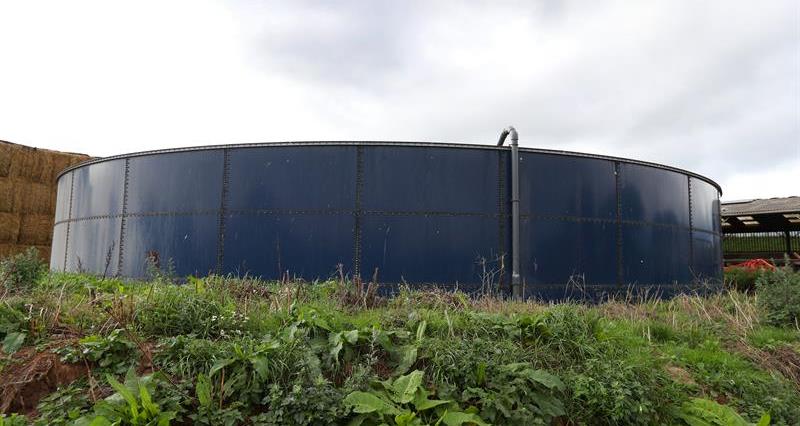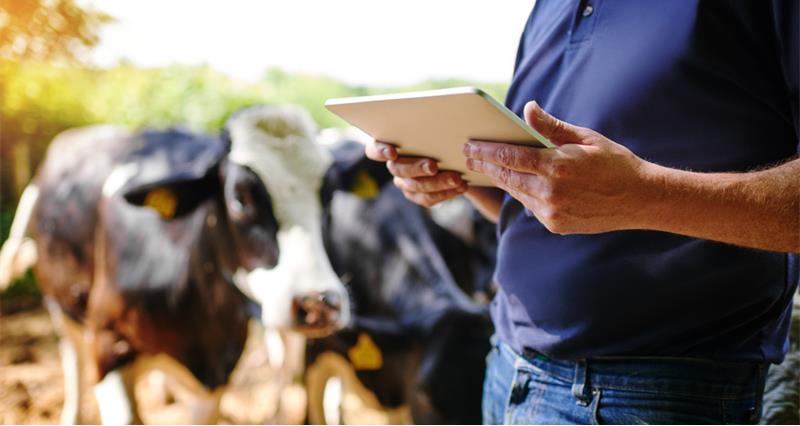Since Defra published its guidance on the Slurry Infrastructure grant scheme, we have been speaking to members to gather feedback and to provide further information.
Some questions / concerns have been raised more than others. We've listed these below together with answers to help guide you in your application.
Inspection regime
Will Defra / EA restrict me going forward to the livestock numbers to keep within the six months storage limit and nutrient loading based on the land I have available?
The grant does not impose a cap on the number of livestock a farmer can keep on their farm, though any RPA field officer would expect to see the conditions of the grant are being kept (six months storage capacity still being met, nutrient management plan in use) if audited. The EA (Environment Agency) will continue to enforce the Farming Rules for Water, SSAFO and NVZ regulations.
Will there be a new inspection regime for those that receive a grant and need to comply with the conditions of the five year agreement?
As with other Farming Transformation Fund grants, Defra, the RPA or an organisation appointed by them may complete a site visit during the lifetime of the project to track expenditure, check grant funded buildings/equipment and interview the person who has managed the project.
Applicants will also need to provide evidence that the project is meeting the agreed outputs as described in their agreement.
I’m outside of the Grants Priority areas, there is no point in me applying.
This isn't the case. The priority areas will only be used if the scheme is oversubscribed. Outside of this, each grants suitability will be assessed on the basis of the value that it delivers in exchange for public money.
Additionally, the more farmers that make an application the greater the statement of intent that farmers are here, ready and hungry to make improvements on their farms, therefore demanding further grant support from Treasury in subsequent rounds of the scheme.
Storage – location of and current storage
In order to maximise storage capacity and nutrient reach, we want to put stores up far away from the premises where the slurry is produced. What is possible via this grant?
Providing the store is built on land you own or farm as a tenant then distance from the site of slurry production is not an issue.
For more information, visit: About the Slurry Infrastructure grant, who can apply and what it can pay for – Who can apply | GOV.UK
The majority of our holding is in a priority area but where the store needs to be is not. Will this be a problem?
The key factor the RPA will check is the planned OS grid reference of the location for the store. More information can be found at: Check how applications will be prioritised – How RPA shortlisting will work | GOV.UK
How does a farmer determine if their current slurry storage is no longer fit for purpose?
Grant funding
Can you apply for accessories e.g. channels on their own, or do these have to be part of an application to increase storage as well?
Accessories, like store covers, can only be grant funded as part of a storage project. This is made clear when you go through the online checker.
Stage 1 Application
Is there any advantage to getting an application in early during stage 1, or are they all treated equally after 31 January 2023 deadline?
No. They’ll all be treated the same. It is important applicants put as accurate as information as they can into the online checker.
Timelines
What are the timelines around the approval process post Stage 1 deadline of 31 January.
Defra is encouraging farmers successful in their application, to do preparatory work including seeking planning permission as soon as possible once invited to full application, so they can submit well ahead of the June ’24 deadline. RPA staff will be on hand to support and process full applications from the day invites are sent out.
Further guidance will be issued to farmers who are invited to that stage.
Making changes to a project
Can you change the type of store applied for at Stage 1 when it comes to Stage 2 if you change your mind?
The RPA will be understanding if a farmer needs to make changes to their store type as part of the location and design check, but the expectation is the design they input into the online checker will be the one they plan to use at full application.
Once RPA has confirmed a project has passed the location and design check, an applicant wouldn’t be able to change their project – otherwise it may be rejected.
For more information, visit: About the Slurry Infrastructure grant, who can apply and what it can pay for – Stage 2: make a full application - Check location and design.
Multiple applications
We have three farms over the same holding. One needs storage and the other needs the storage extending. Can this still be done under one holding with two applications?
You should make separate applications, but the total will be capped at £250,000.
Standard costs vs grant funding limits
There is some confusion as to how the standard costs link to the grant funding range of £25,000 to £250,000.
This is clear when you go through the online checker.
If the items you needed don’t reach up to £25,000 grant contribution, the checker will tell you you’re ineligible.
If you go over £250,000, the checker automatically caps your potential grant contribution.
The farmer’s final grant contribution is based on the amount of storage needed to reach six months storage capacity. The checker gives an estimate of this, and a final amount will be agreed during the full application process.
Support
Is there any free advice on grants for farmers?
Defra has put together the following resource with the EA and Catchment Sensitive Farming to give farmers information about the factors they should consider and where to go for further advice.
Visit: Plan your slurry storage: what you need to know and where to look | GOV.UK

